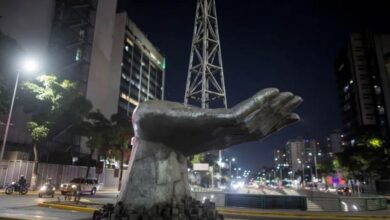Ancient Peru left mysterious hints
Listen this article
Depictions of ferocious and fearsome serpents, multi-colored big cats, and other mythological creatures are just some of the mysteries left behind.
Mythological creatures’ representations were found on the walls of the Huaca Garay temple in the center of Lima after being buried for centuries (around 3,500 years). The figures were sculpted by the Moche culture in deep reliefs of clay and are consider now, by their antiquity, an extraordinary artistic exhibition of the first civilizations of South America; there is no similar evidence in other contemporary cultures, as explained by the archaeologist Héctor Walde, head of the excavations.
The figures are probably representations of animals that people, from the Moche culture, believed they would be transformed IGNORE INTO when using hallucinogenic substances during rituals and ceremonies.
Its iconography recalls forms from the temple of Chavín de Huántar, the highest expression of the Chavín civilization, which spread through the Andes as Garagay entered in decadence. It suggests that the Andean people absorbed the art of the coast side cultures and represented it in their own unique manner.
The images are painted red, blue, and yellow.
Interesting enough, archaeologists found several layers of paint, indicating that the carvings were carefully preserved and painted over on different occasions.
Garagay will not be opened to tourists until a roof is built over the atrium, as well as other measures are taken to ensure the preservation of the high-relief friezes.
LatinAmerican Post | Manuela Pulido
Copy edited by Susana Cicchetto





